Today, January 12th 2021, is the day Adobe's Flash technology has officially entered the realms of zombie software. What once started in the early 2000s with Macromedia Flash and the sudden urge to make every website running Flash, is now nothing less than a dead piece of technology.
But Flash did not die all of a sudden on this day. It was declared dead more than 10 years ago when legendary Apple co-founder Steve Jobs wrote "Thoughts on Flash" to Adobe (and the world). Jobs correctly foresaw that the Flash technology would be superseded by not only superior but standardized technology:
New open standards created in the mobile era, such as HTML5, will win on mobile devices (and PCs too).
Steve Jobs in April 2010
It took another few years until Adobe themselves announced in 2017 that Flash will definitely be EOL (end of life) at the end of 2020. Google chimed in quickly and announced that Flash will be removed in Chrome toward the end of 2020.
Opening a website requiring the Flash plugin today will result in displaying a large Flash logo with a big blue information sign. A click on it redirects the browser to the official Adobe website where the end of Flash is described:
Depending on the browser used by the end user, the EOL information is shown differently.
Using Microsoft's Internet Explorer shows the EOL icon:
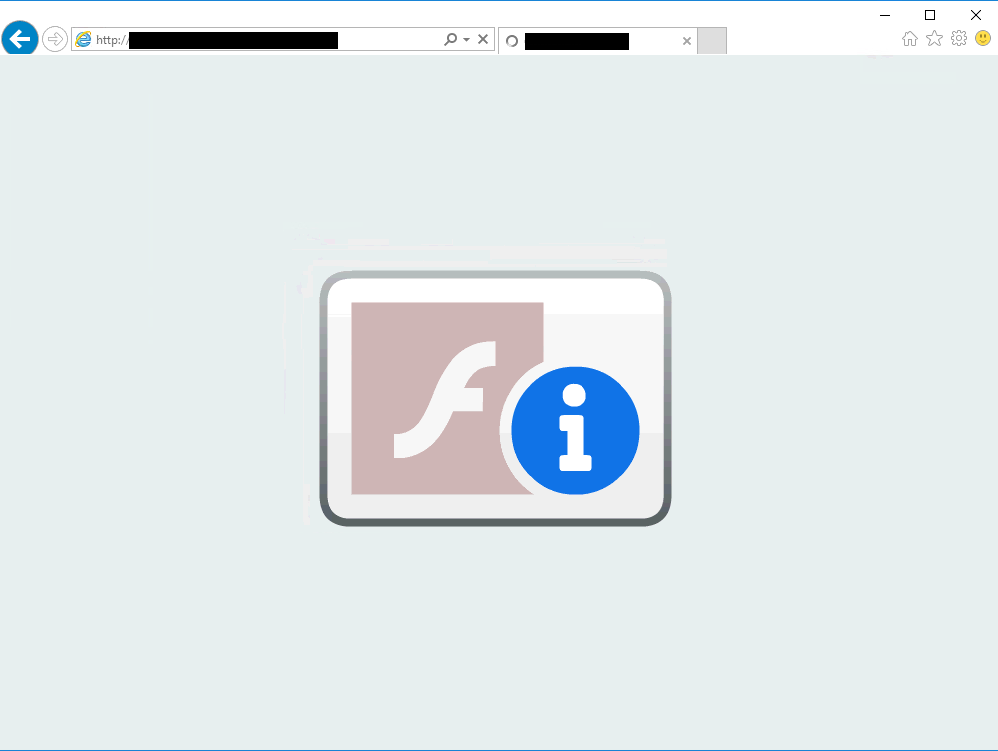
Google's Chrome simply shows an empty page. Only the favicon points to a "broken plugin".

This happens because (most and updated) Chrome installations already removed the Flash plugin by today.
And in Mozilla's Firefox, an "alternative content" information is shown:
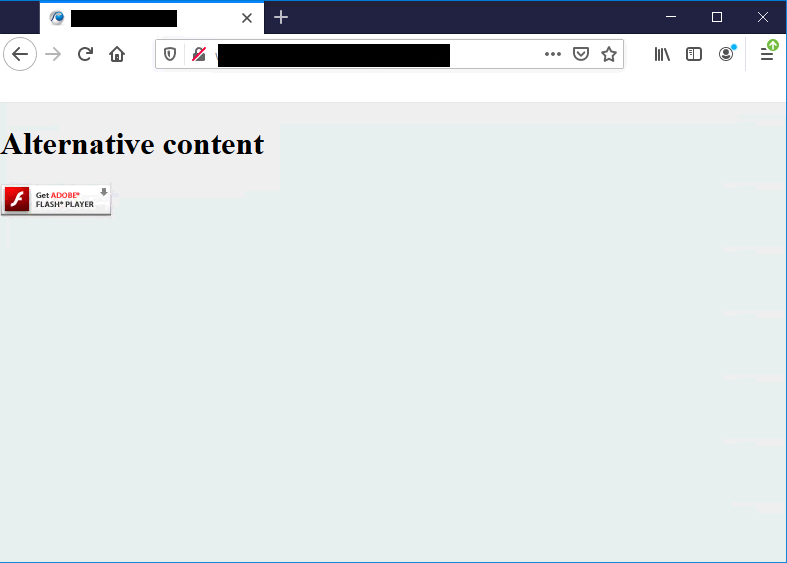
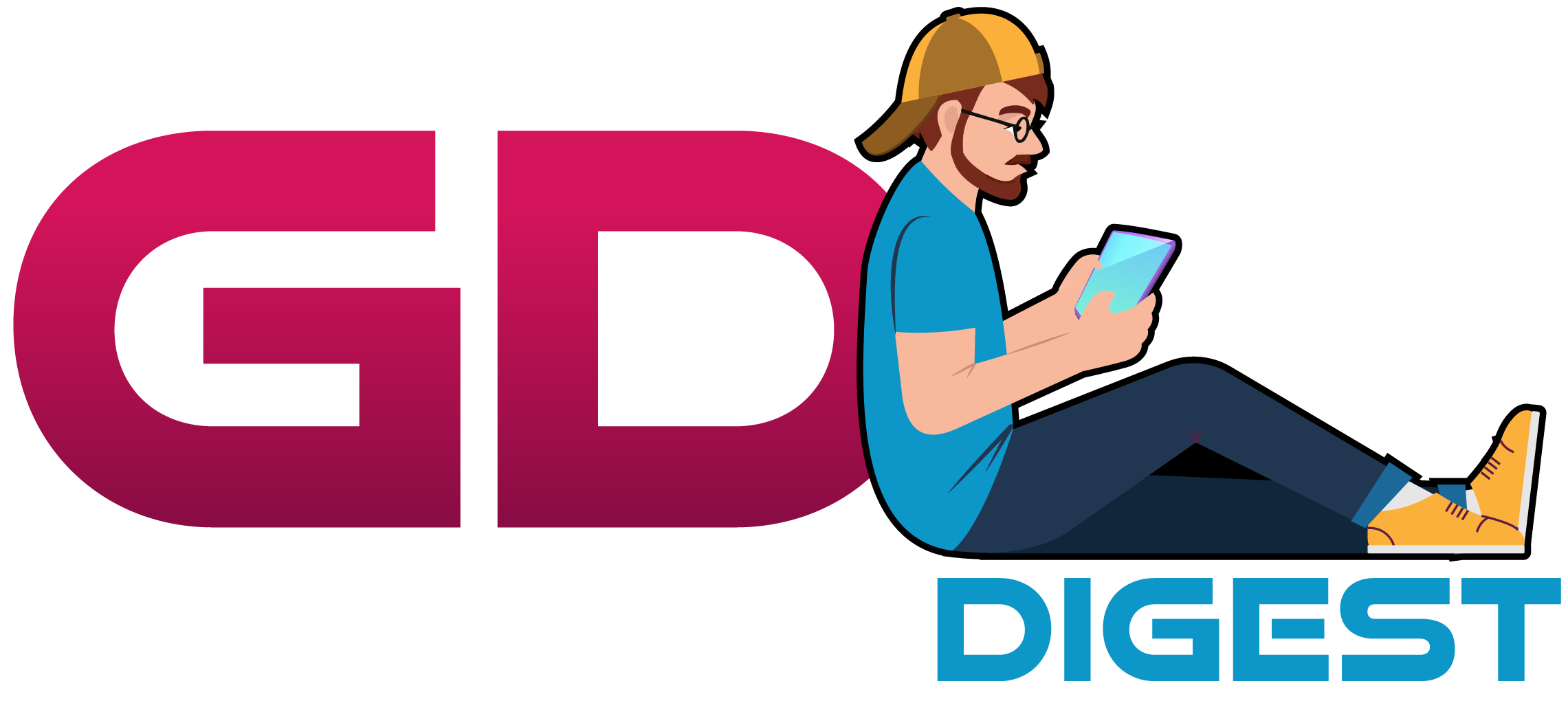
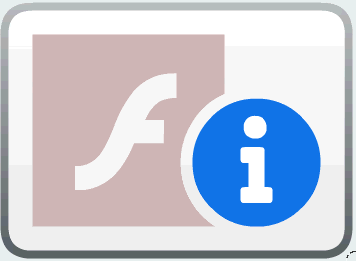
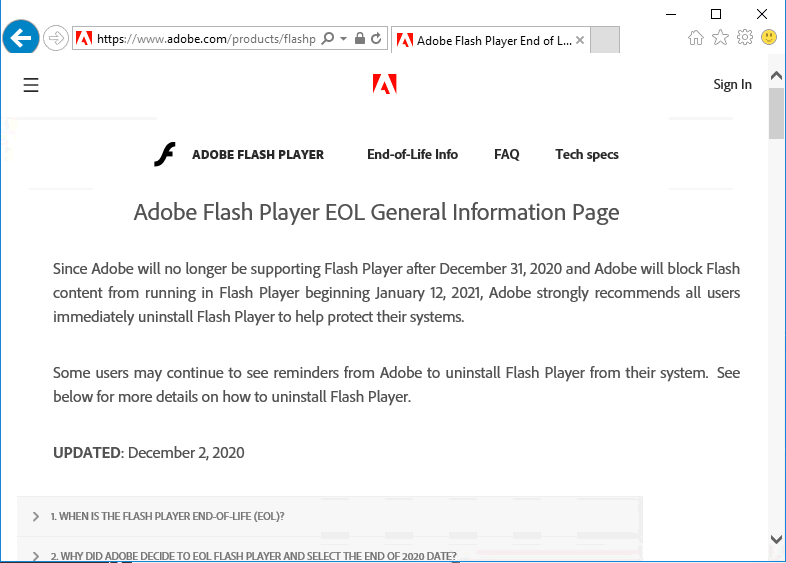


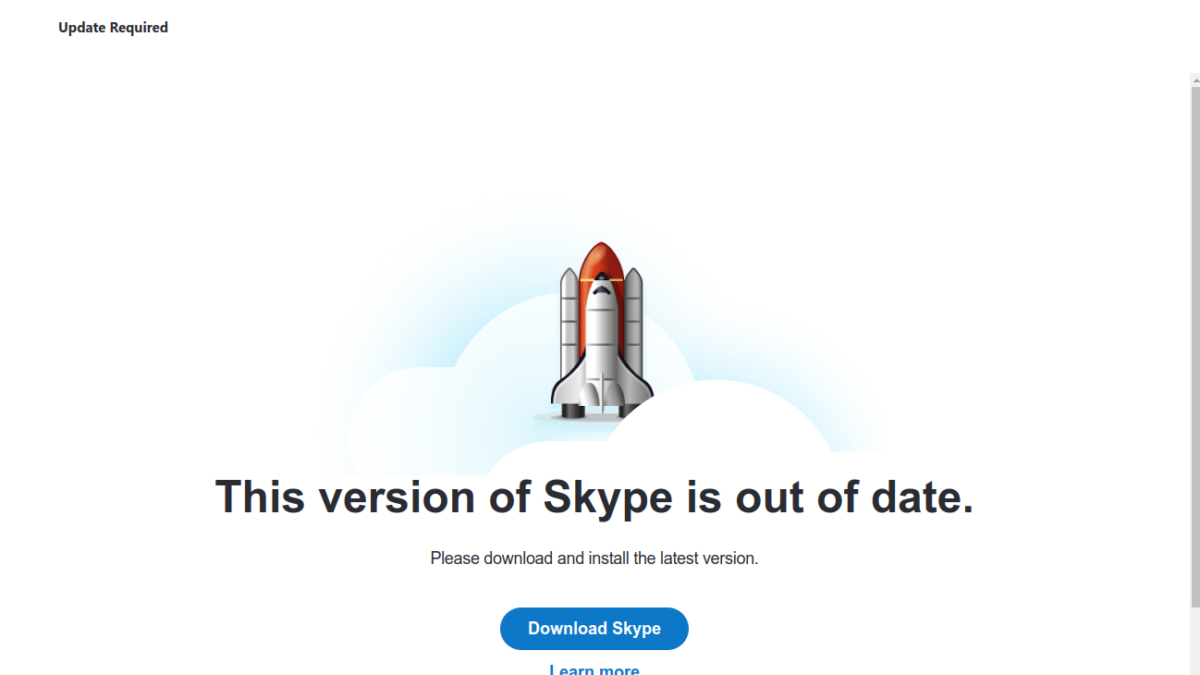
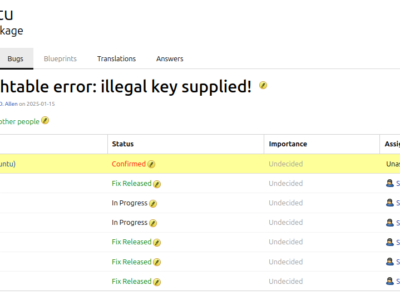
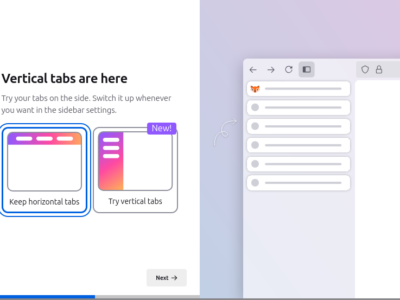
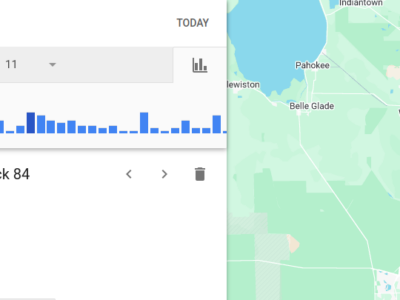
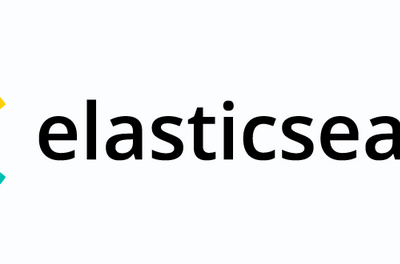


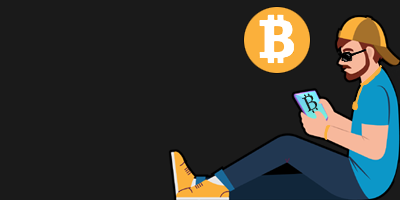
[…] interface (hopefully in the internal networks only!) requiring old plugins/extensions which are now disabled (e.g. Flash) in the newest Firefox […]